We all like other people seeing our photographs, but not many photographers like to hear what other people really think of their photos. Getting a ‘thumbs up’ on Facebook or a ‘heart’ on Instagram is okay. Even a few emoticons can be very encouraging.
But while they might make you feel good for a little while, they won’t help you grow as a photographer. Deep down you know most people have just scrolled past your photo. And your mother always sends a smiley face.

©Kevin Landwer-Johan
Taking the bold step of asking for a genuine critique on your photos is a lot different.
It can be incredibly encouraging. You may get unexpected positive feedback on an aspect of your photography you weren’t fully aware of.
But you may also be devastated. Someone who shows little empathy and no care while sharing their thoughts about your photos can do more harm than good. You may also start feeling negative from the words of someone who isn’t experienced enough in photography.
Here are some steps to help you make a good choice in asking someone for an appraisal of your work.
Before you offer any of your photos for review, do some research.
- Is the person offering critique an experienced photographer?
- Do you like their photographic style?
- Do you appreciate their approach to critiquing photos?
- Do they ask questions about your experience before critiquing?
- Do they express a balanced perspective?

©Kevin Landwer-Johan
How Can Having Your Photos Critiqued Help Improve Your Photography?
A constructive critique of your photographs can help you see them from another perspective. A good critique will include a healthy balance of positive encouragement and constructive feedback on how an image could be improved.
Something good can almost always be said about a photo. But beware of falseness. No-one wants a fake review of their work. A helpful positive analysis is more than just a few nice adjectives. The critic should tell you why they like your photo and describe the outstanding aspects.
The best constructive feedback is carefully worded and gentle. Honesty isn’t kind if it’s delivered with brutal assertion. And negative feedback spoken harshly doesn’t help anybody. It may make the critic feel superior, but being on the receiving end isn’t encouraging. A critique of anyone’s photos should’t be about the person offering the analysis. It should be about the photo, and directed primarily to the photographer.
A good critique should include a clear explanation of the weaknesses in a photo, along with suggestions of how it could have been improved. Sometimes when talking about a photo I’ll share ways it can be improved simply by a different crop or alternative post-processing.

©Kevin Landwer-Johan
Choosing the Right Critic for You
Being confident and comfortable with the person offering their opinion is important. We all see the world differently, and express what we see in diverse ways. Finding the right person to learn from as they talk about your photos is essential to it being a positive experience.
To help find an appropriate person, ask yourself these questions.
1. Is the person offering critique an experienced photographer?
Having someone less experienced than you are, or minimally more experienced, will rarely be helpful. Having a group of friends to hang out with and discuss each other’s images is different because the relationship is casual.
Find a mature person with a good deal of experience. They’ll be able to offer their opinion in positive and helpful ways based on their experience.

©Kevin Landwer-Johan
2. Do you like their photographic style?
There’s not much point asking someone who only photographs landscapes to comment on your street or sports photos. Hopefully you can find someone whose work is close to your own style (or what you are aspiring to) and have them critique your photos.
You should be able to see enough of their work to help you make this choice. Having an appreciation for the type of photography they create will help you relate more easily.

©Kevin Landwer-Johan
3. Do you appreciate their approach to critiquing photos?
Accepting and appreciating the way a critic expresses themselves is very important. They may be extremely knowledgeable and experienced, but if they come across as arrogant their critique won’t be easy to receive.
If you can attend a session where they’re reviewing someone else’s photos, go along and observe. Maybe they have some video or written critiques online. Check them out and see if you’re confident they’ll be honest and respectful about your photos.

©Kevin Landwer-Johan
4. Do they ask questions about your experience before critiquing?
If they know nothing about your experience or you want to express, the critique may not be helpful. I find it helpful to know a photographer’s experience level before offering my thoughts on their photos.
This information gives insight into the technical experience, and sometimes the creative expression. Most of all, it will give the critic the depth of information to offer. Giving a beginner too much detail about how to improve their composition may be detrimental. You need to clearly understand what the critic is telling you. For the same reason, I avoid using too much photography jargon when making critiques.

©Kevin Landwer-Johan
5. Do they express a balanced perspective?
Receiving a balanced appraisal of most (if not all) aspects of your photograph is helpful. But this may not be possible (or even necessary), depending on the photo.
I always look to include commentary on:
- Exposure
- Composition
- Color
- Tone
- Timing
- Feeling
The best photo critiques include a balanced mix of technical and creative – left and right brain perspective.

©Kevin Landwer-Johan
Where to Find the Right Critic
The easiest way to find someone to critique your photos these days is online. Do a search on Google or YouTube, or check out the link in my bio.
You could also try your local camera club. It will be worth doing your research carefully first. Sometimes these groups offer a group critique of members’ photos. You need a pretty thick skin to endure this. You’ll have people with a range of skill levels and temperaments all wanting to give their opinions.

©Kevin Landwer-Johan
Be Encouraged
Give it a try. Having your photos critiqued can be extremely helpful to your development as a photographer. I regret not having much of an opportunity for my photos to be looked over and spoken about. Now I enjoy being able to offer this as a service to encourage photographers.
The post How To Feel Confident About Having Your Photos Critiqued appeared first on Digital Photography School.
























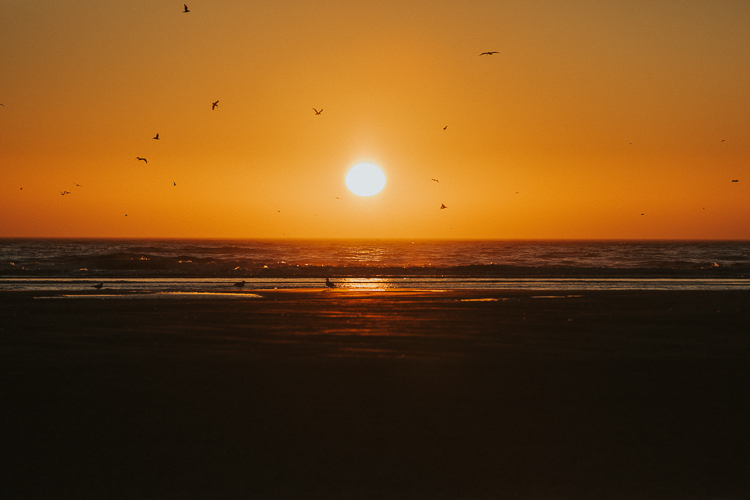

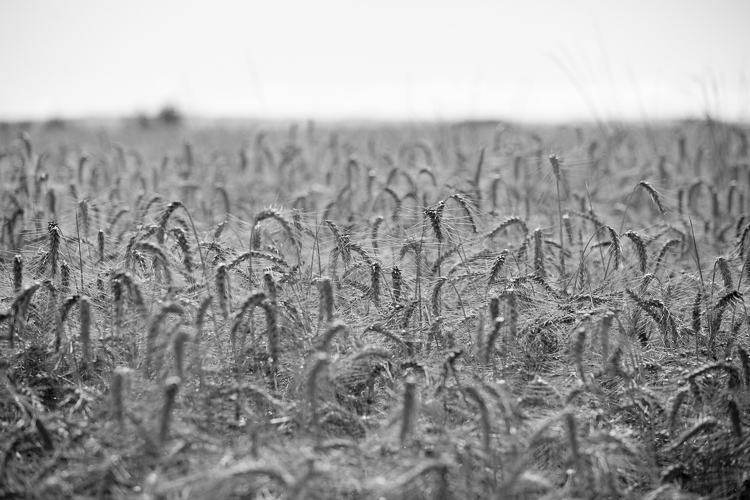
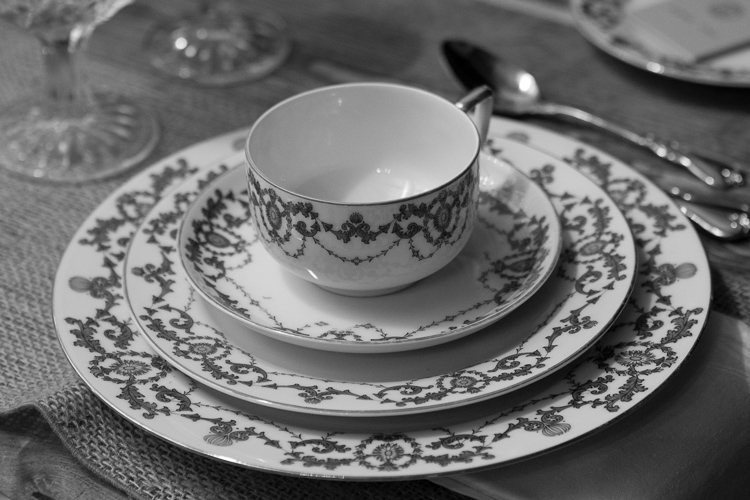

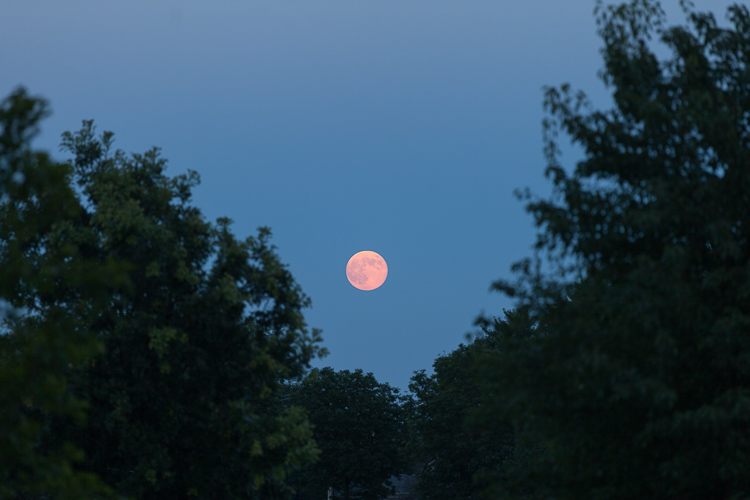


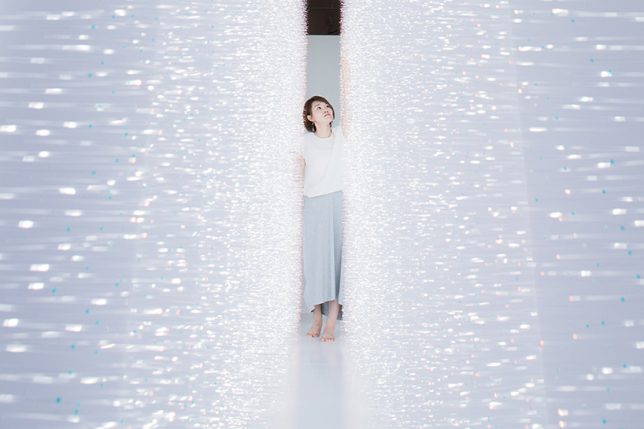

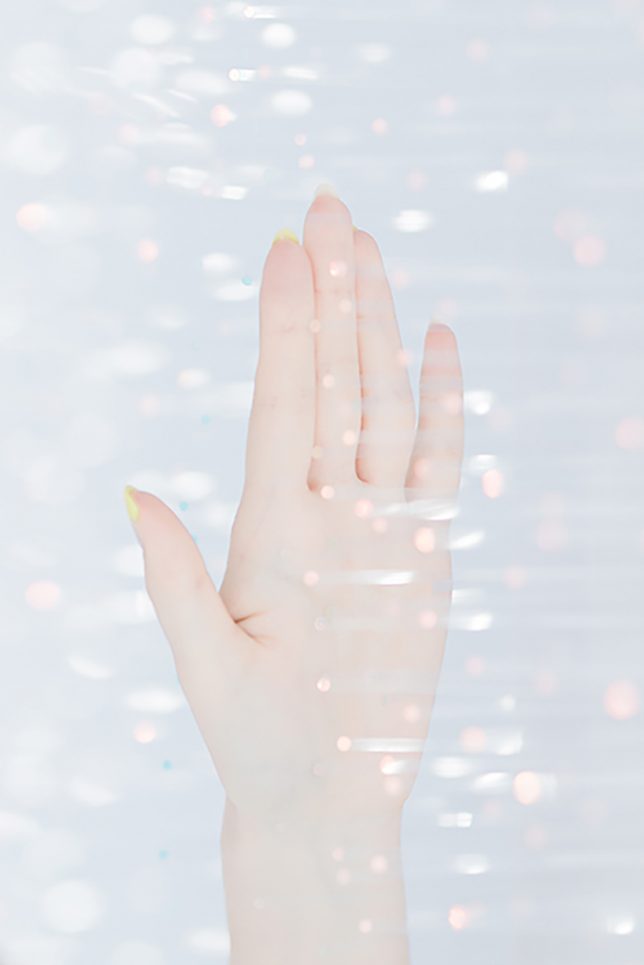

































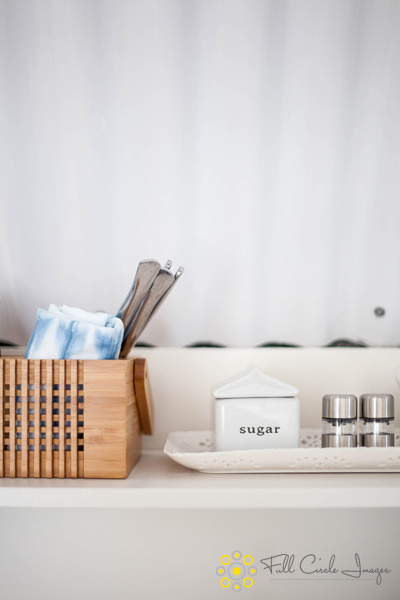
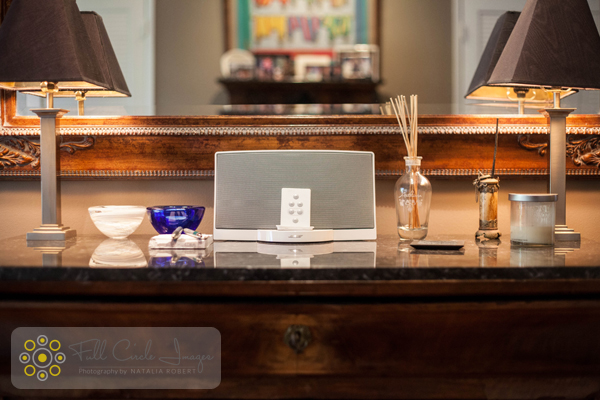
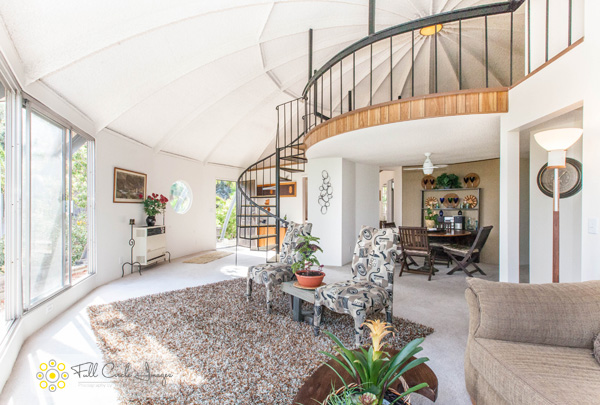


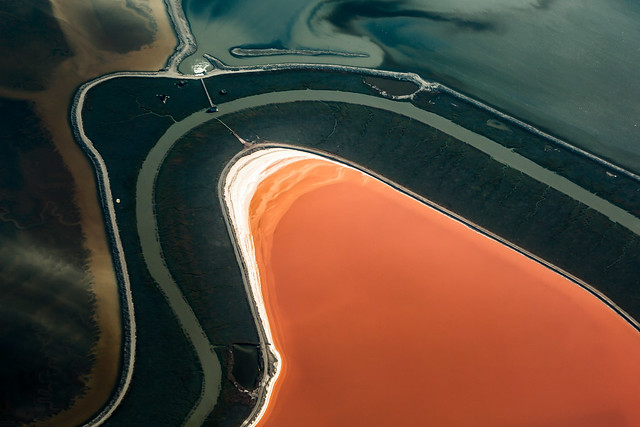


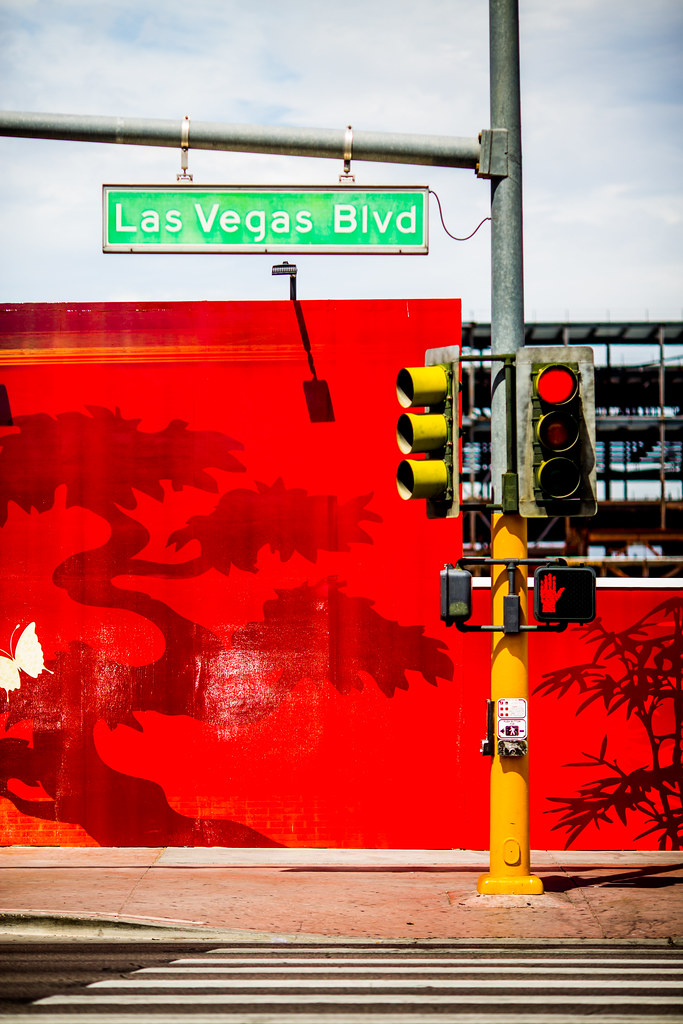
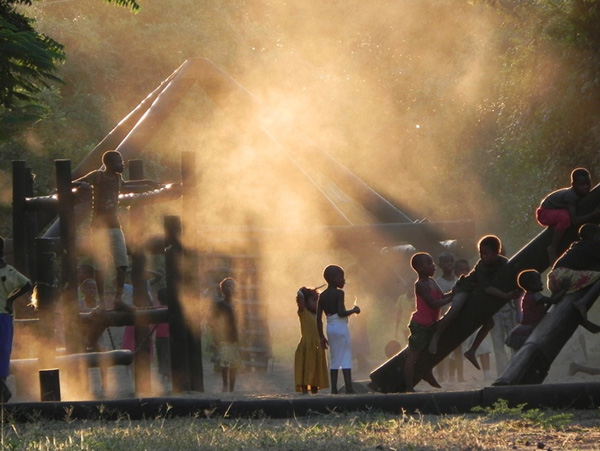
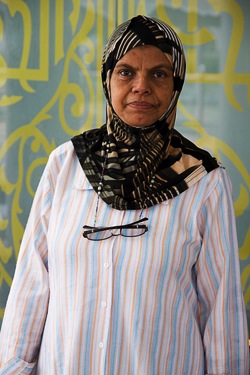 Start dreaming. There’s nothing wrong with daydreaming. What kind of photography project would have you leaping out of bed each morning? What ideas haven’t been done before? What do you love? What do you aspire to?
Start dreaming. There’s nothing wrong with daydreaming. What kind of photography project would have you leaping out of bed each morning? What ideas haven’t been done before? What do you love? What do you aspire to?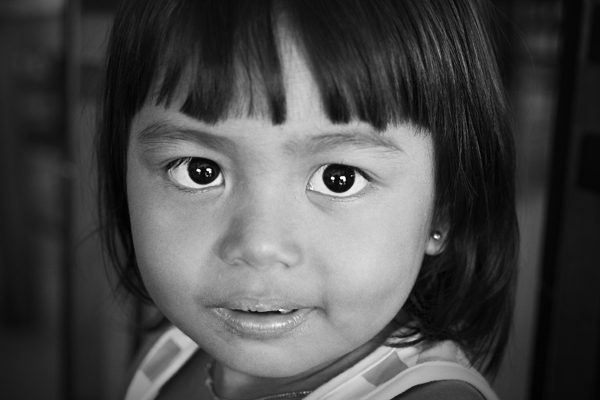
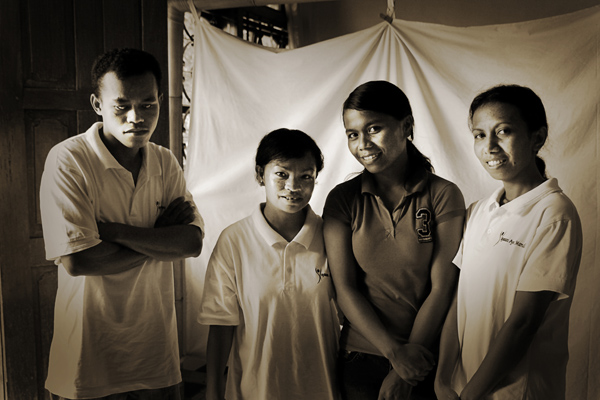
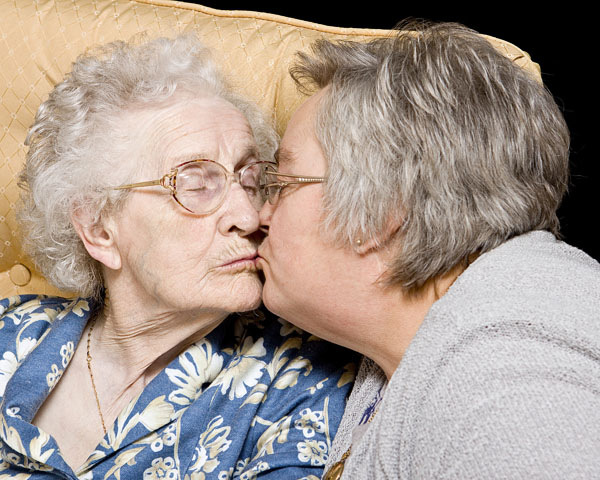
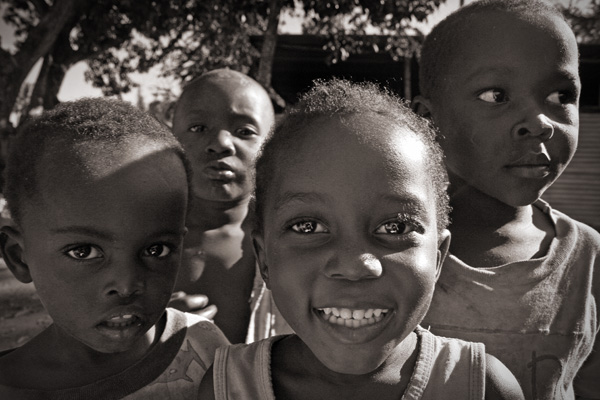
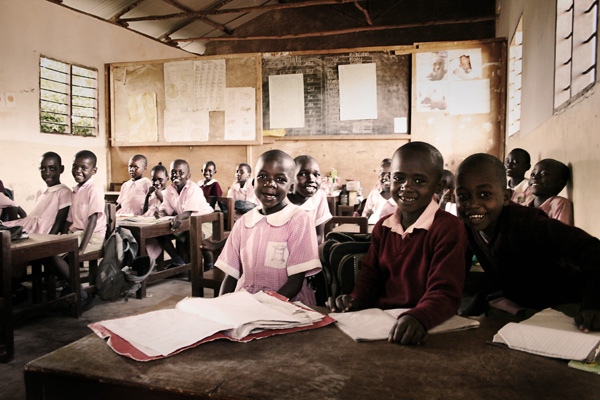
You must be logged in to post a comment.